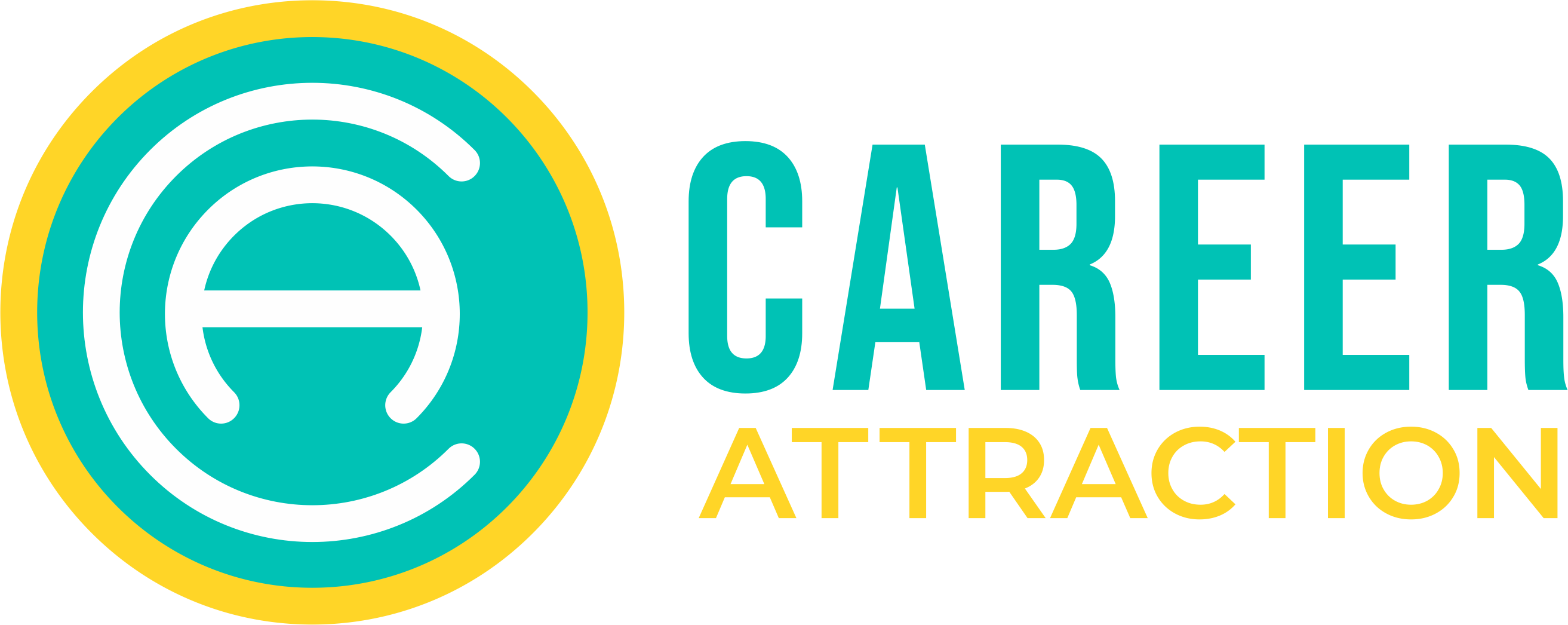It’s no secret LinkedIn is a hotbed of job search activity. But believe it or not, an active Pinterest profile may just be the next big thing in employee recruitment.
Get in on the action early, and maximize your job search by effectively using social platforms to market yourself.
Here are six tips to use LinkedIn and Pinterest to help you land your next job:
1. Make Your Pages Searchable
According to Social Media Today, only about 50% of all LinkedIn users have a complete profile, and Digital Marketing Ramblings reports that only 20% of all Internet-using females and 5% of all Internet-using males have a Pinterest profile. If you haven’t filled out all your information, or you don’t have a current profile, the likelihood of being contacted by a recruiter is slim.
Go ahead and complete your profiles, but take it a step further: make sure you use searchable keywords that are related to your job search when describing yourself and your past work. Also, if you’re sending out resumes through email or job recruitment websites, understand that recruiters often search social platforms to learn more about their applicants. Be sure your profiles are work-appropriate and easy to find.
For instance, my name, Laura Williams, is about as generic as it comes. If you search for “Laura Williams,” you’d be hard pressed to find me. That’s why professionally I always include my maiden name and title. To my knowledge, there’s only one Laura Farman Williams, M.S.Ed. If you want to be found, make it easy for people to find you. (Tweet this thought.)
Finally, on Pinterest, make sure you create boards with the words “job search,” “dream job,” “visual work portfolio” or another employment-specific phrase in the title. Fill the boards with interesting content that provides a visual representation of your goals and intentions. The titles will be searchable, so recruiters or companies looking for employees are more likely to find you.
2. Provide Current Contact Information
While this should sound like a no-brainer, check your profiles to make sure recruiters and employers have a way to easily contact you. LinkedIn makes this a little easier than Pinterest, as all LinkedIn users have a LinkedIn inbox, but you can still update your Pinterest page with appropriate contact information.
If you’re not comfortable sharing your personal email address or phone number on Pinterest, connect your Facebook or Twitter account, with a note on your profile page or job search board that says, “Please connect with me on Twitter” or “Please connect with me on Facebook” so recruiters know where and how to find you.
3. Showcase Your Work
If you want to land a job, one of the best tactics is to show potential employers what you’re capable of. When you complete your profile on LinkedIn, there’s an option to upload files or link to websites that display your online portfolio. Take advantage of this and highlight your best work.
On Pinterest, understand that the platform is meant to be visual. If you’re a graphic designer, artist, chef or architect, create a project board that provides visual samples of your work. If you’re not in an obviously visual field, develop visual, pinnable images (infographics are good examples) that emphasize your skills and expertise. Employers are bound to appreciate the creativity and time you put into the effort.
4. Network With Companies
As of June 2013, there were 3 million LinkedIn business pages, and as of July 2013, there were 500,000 Pinterest business pages. Those numbers continue to grow, so go where the businesses are. If you have a list of “dream companies” to work for, look them up on Pinterest and LinkedIn, follow them and then interact with them.
Here’s the thing about business accounts: they’re run by actual people. If you’re engaged with the content they’re creating, commenting, asking questions and offering ideas when appropriate, the person behind the company’s postings will start to remember you. After developing a relationship, you can ask about positions, or even offer your services as an employee. It might not always go exactly as hoped, but nothing ventured, nothing gained.
5. Network With Recruiters
Just as businesses are connected through LinkedIn and Pinterest, so are recruiters and employment agencies. Connect with them and develop relationships, and pay close attention to the job listings they share through their profiles. As shown on the Social Media Today report linked above, roughly 48% of recruiters post position openings to LinkedIn and nowhere else, so by developing relationships with the recruiters before the jobs are posted, you’re putting yourself in a good position to land a job interview – and quite possibly the job.
6. Engage Frequently
If you’re not staying in the forefront of your audience’s mind (and you do need to think of potential employers and recruiters as your audience), you’re going to be forgotten. While you don’t want to become an annoyance, engaging frequently through Pinterest and LinkedIn is important.
Share content, update your status and (on Pinterest) add images to your job-specific boards. You don’t always need to engage directly with the businesses or recruiters you want to work with, but you do need to be present, adding value to your profile and demonstrating your knowledge and understanding of your field of expertise.
Conclusion
As businesses shift their focuses to social media and online strategies, they will continue to shift their job searches to these same platforms. In 2012, 73% of all recruiters used social media to fill a position (a 15% increase from 2011), so if you want to land a job, you need to engage through social outlets. Think creatively, share your work visually, and always look for ways to stand out from the crowd.
Have you used social media for your job search? Did it work? Share in the comments!
This post originally appeared as a guest post by Laura Farman Williams on Career Enlightenment.
Image: Flickr












